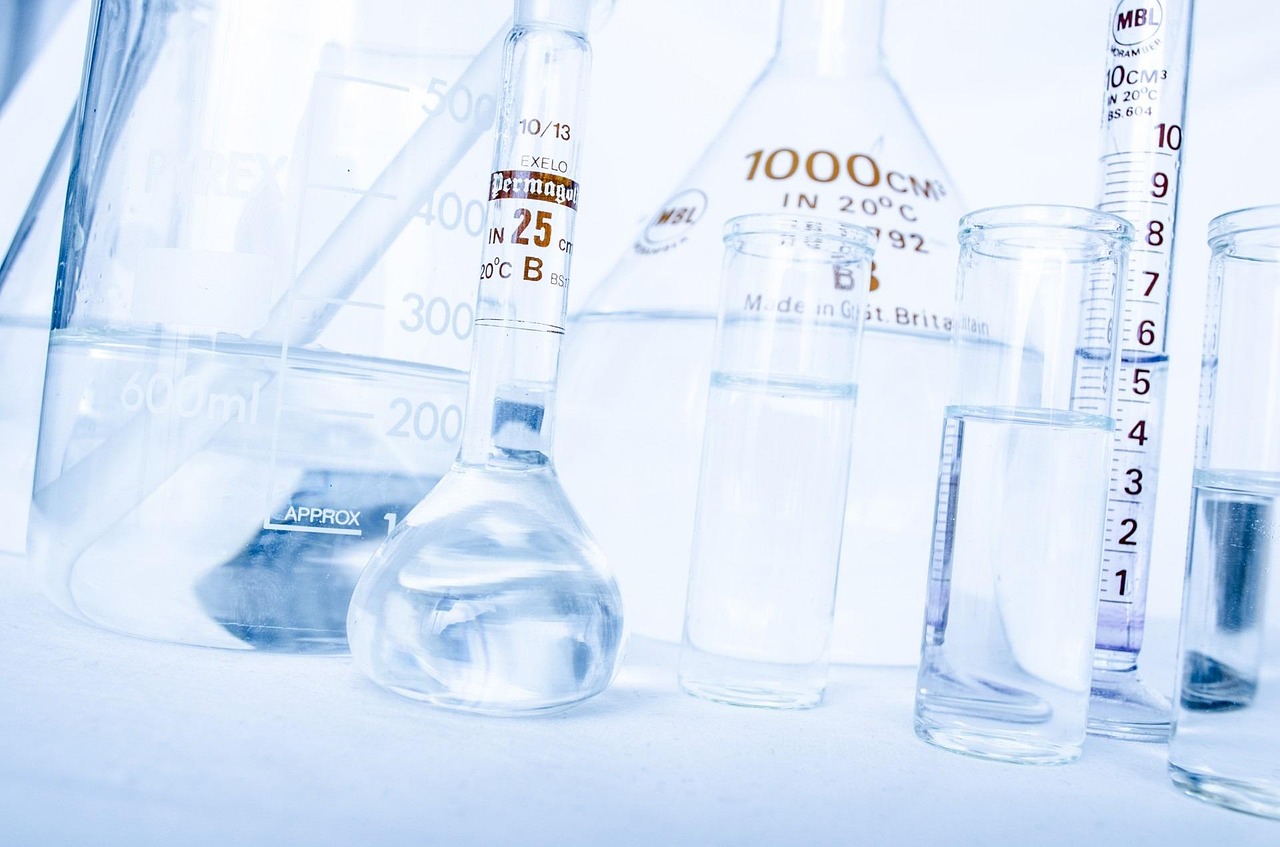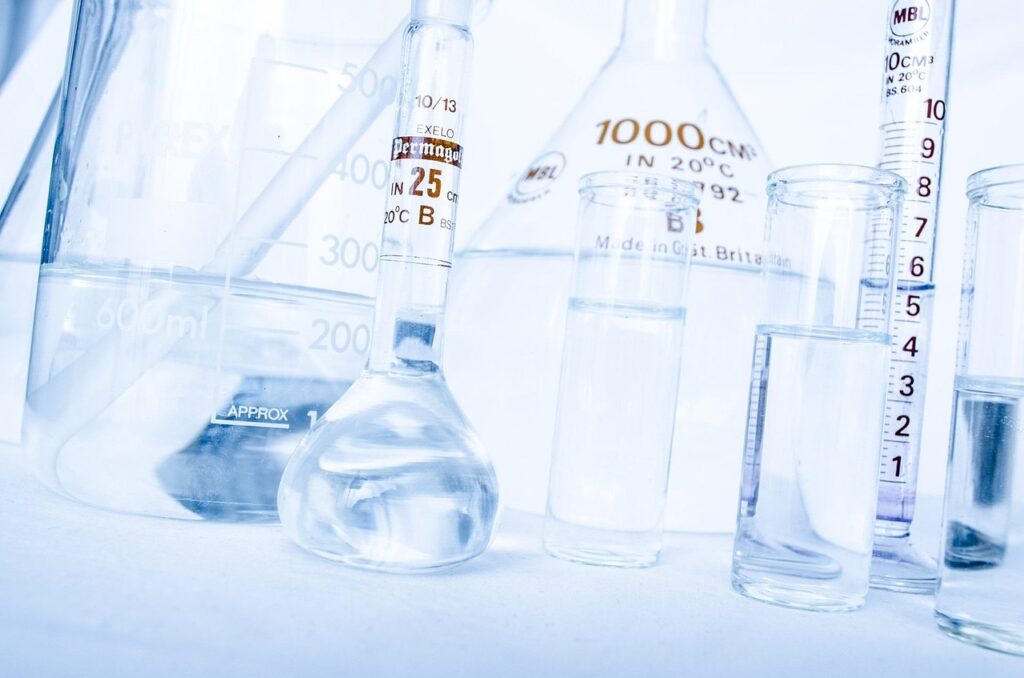When air quality is good, the air is clear and contains minute amounts of solid particles and chemical pollutants. Poor air quality which contains high levels of pollutants is hazy and dangerous to health and the environment. According to the Air Quality Index, air quality is based on the concentration of pollutants in the air at a location
Because air is always moving, air quality can change on a day-to-day or hour-to-hour basis. In a certain location, the air quality is determined by how air moves through an area and how people interact with it.
HOW CAN YOU IMPROVE INDOOR AIR QUALITY?
We Offer domestic and industrial air quality monitoring services that help you measure the a level of pollutants in the air. You can also take the following steps to improve the air quality and reduce your IAQ-related health risks.
- ENSURE PROPER VENTILATION: By increasing the amount of fresh air entering the room, the levels of pollutants in the air can be kept to a minimum. Whenever the weather is clear, keep the windows and doors open or turn on the air conditioner and open the vent. Bathroom and kitchen fans also increase ventilation and help get rid of pollutants. Always follow manufacturer instructions when using products or appliances that release pollutants into the air.
- CHANGE THE FILTERS: Central heaters and air conditioners have filters that trap dust and other pollutants in the air. Change or clean them regularly according to the instructions given on the package or you can enlist the help of ambient and indoor air quality monitoring services who will do it for you
- ADJUST THE HUMIDITY: The level of humidity inside the room can also affect the concentrations of indoor air pollutants. For e.g., high humidity keeps the air moist which increases the growth of Mould.
Keep the indoor humidity between 30-50% and use moisture or humidity assuage which is available at a hardware store to gauge the humidity. If the humidity is less, you can use a vaporizer or humidifier to increase it. On the other hand, if the humidity is high, open the windows if the weather is not humid. If it is hot, turn on the air conditioner or adjust the settings on the humidifier.
At SMSLA global, we rely on an end-to-end approach for complete ambient and indoor air quality monitroing. We use the latest technology to analyze high-end chemical, microbiological, physical, and instrumental parameters in state-of-the-art facilities. We are proactive in ensuring that our services are high quality, adhere to safety standards, and protect the environment.
Our testing services include air quality monitoring, process and workplace analysis, indoor air quality, noise monitoring, industrial hygiene with risk assessment, pesticides and nicotine in ambient air quality, occupational dangers and hygiene study, stack emission monitoring plus its analysis, dioxin and furan in AAQ and source emission and heavy metals sampling in AAQ and source emission.










